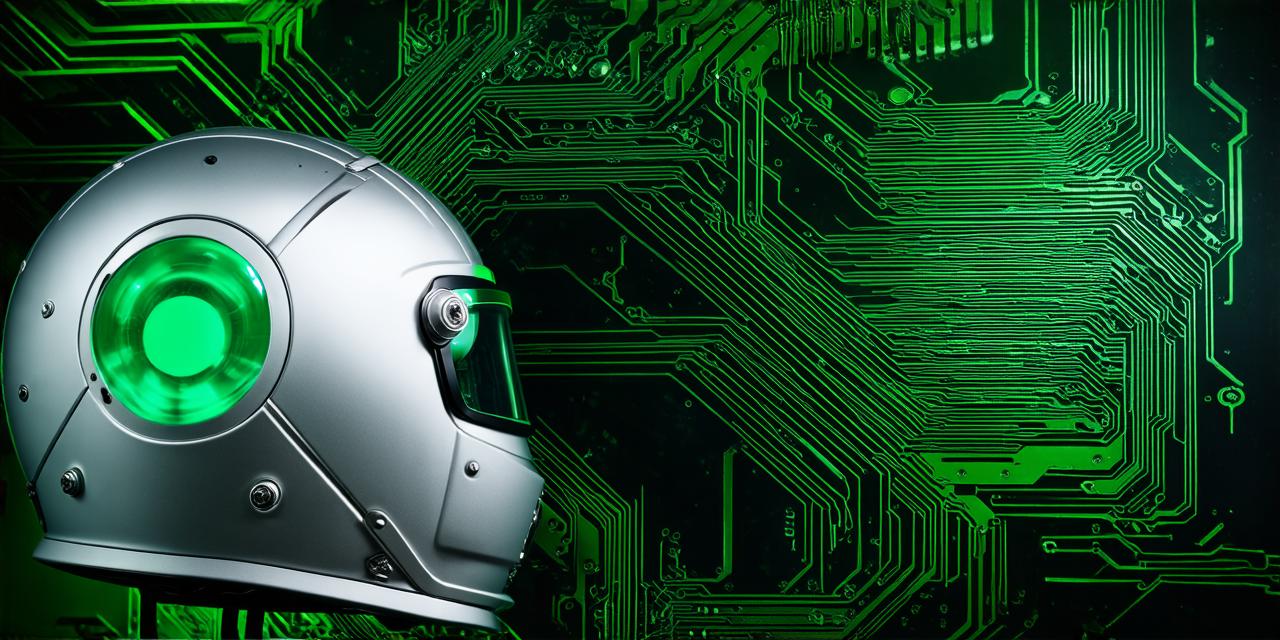In today’s fast-paced world, technology continues to advance at an unprecedented pace. One of the most exciting and innovative technologies that have emerged in recent years is virtual reality (VR) and augmented reality (AR). These cutting-edge technologies have already transformed various industries such as gaming, healthcare, education, and tourism. However, their potential goes far beyond what we have seen so far. In this article, we will explore the importance of VR and AR in modern society and how they are poised to revolutionize many more sectors.
What is Virtual Reality?
Virtual reality is a technology that allows users to experience a simulated environment as if it were real. This immersive technology uses sensors and devices such as headsets, gloves, and motion controllers to track the user’s movements and create a realistic sensation of being in another world. VR has been used for gaming, entertainment, training, and simulation purposes since its inception. However, its potential goes beyond these applications, and it is rapidly gaining traction in other sectors such as healthcare, education, and tourism.
What is Augmented Reality?
Augmented reality, on the other hand, is a technology that overlays digital information onto the real world. This interactive technology uses cameras, sensors, and software to create an enhanced version of the user’s surroundings. AR has been used for gaming, entertainment, marketing, and education purposes. It is also gaining traction in fields such as healthcare, manufacturing, and retail.
The Importance of Virtual Reality and Augmented Reality in Modern Society
Virtual reality and augmented reality are poised to revolutionize many aspects of modern society. These technologies offer a unique opportunity to transform the way we interact with the world around us. Here are some of the ways VR and AR are changing the game:
Gaming and Entertainment
Virtual reality and augmented reality have already transformed the gaming industry, offering users an immersive and interactive experience that is unparalleled. These technologies allow users to step into a virtual world and engage with characters and objects in a way that was previously impossible. VR and AR also offer new opportunities for storytelling and creative expression, allowing game developers to create more engaging and emotionally resonant experiences.
Healthcare
Virtual reality and augmented reality have the potential to revolutionize healthcare by providing new tools and technologies for diagnosis, treatment, and training. For example, VR can be used to simulate surgical procedures, allowing doctors to practice and perfect their skills in a safe and controlled environment. AR can also be used to overlay digital information onto medical images, making it easier for doctors to diagnose and treat conditions.
Education
Virtual reality and augmented reality offer new opportunities for education by providing immersive and interactive learning experiences that are engaging and effective. VR can be used to create virtual field trips, allowing students to explore different parts of the world or historical periods in a way that was previously impossible. AR can also be used to enhance textbooks and other learning materials, making them more engaging and memorable.

Tourism
Virtual reality and augmented reality have the potential to transform the tourism industry by providing new ways for people to experience different parts of the world. VR can be used to create virtual tours of museums, historical sites, and natural wonders, allowing people to explore these places from the comfort of their own homes. AR can also be used to enhance travel experiences by providing real-time information about local attractions and points of interest.
